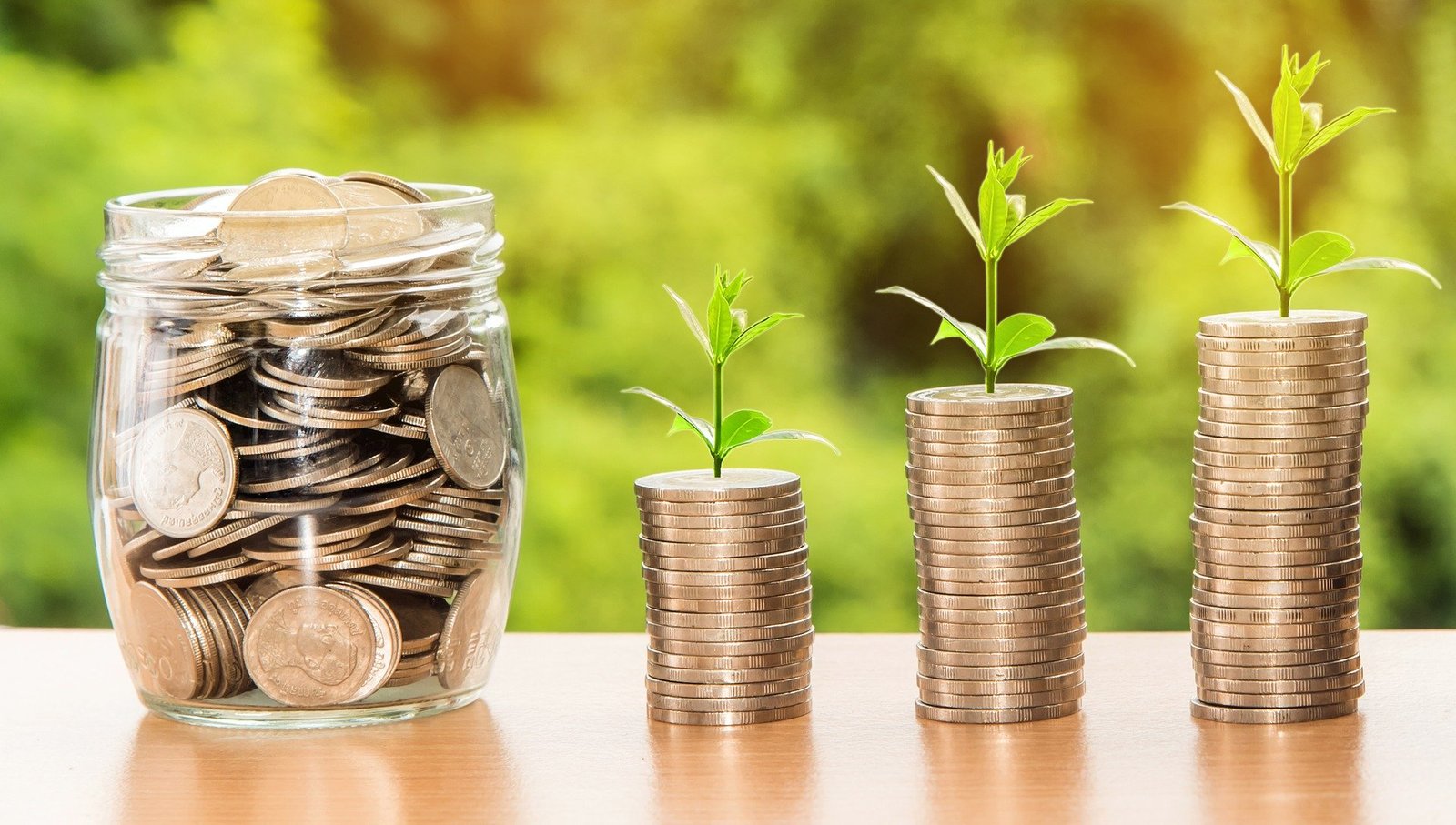Ever saw an expensive limited-time-only watch on sale but didn’t have some extra side cash saved up to buy it? Or have you ever considered getting or doing that really special thing in your life which you want to be saving for but could never really get started? Having some money saved up is what gives you the means to get ahead in situations and making the most out of them, whether it’s buying your favorite footwear, completing your degree, retiring, investing or starting a new business.
The best time to have saved all that money was really 20 years ago, but the next best time to start saving is right now. Here’s how you can get started.
Strike out your loans
The first thing you should do is to control your external borrowings like credit cards, store gift cards etc. and bring them down significantly because you don’t want to be paying more on your loan’s interest than the interest you can earn on the money saved.
Start small
Fewer dollars saved up in an even smaller time frame still count if you can get to accumulate them regularly. 3 dollars every day for a year amount to more than a thousand dollars, so be regular. Never hesitate to make small donations to yourself, because each and every penny counts. The extra 5 or 10 dollars you end up spending thinking that you might never miss them really count a lot in the end.
Keep savings secluded from expenses
Always keep your saved up money separate from the money you are likely to spend in a short while like in a bank or a purse. Make a small deposit box, keep it in your room, and try to feed it every day.
Earn capital interest on the accumulated amount
Don’t forget about the interest, it’s on your side! If you’re really adamant on saving and can control yourself from spending your saved up cash, open an account with your bank and earn interest on your savings. To still keep spending and savings money separate, consider running a second bank account to cater for your expenses.
Build yourselves a comfort zone
It’s really helpful to set aside a reserve fund to deal with an emergency with enough money to cover your daily expenses for at least three months, as a rule of thumb. This means that if your average monthly spending on expenditures is, say, $2,000, then you should save at least $6,000 in case of an emergency.
Use a standing order bank option
A standing order is very useful banking option in which you allow your bank to transfer a given amount of money at regular intervals from one of your accounts where you deposit your income, to another where you keep your savings. This will allow you to grow your savings account each month and transform into a hefty fund in no time.
Set up realistic saving goals and achieve them
Know your motives for saving along with the amount you want to save each month to get to your target and keep all this in writing with yourself. Set regular intervals and aim to reach a specific amount in that time frame.
Automate your savings
There are several tools out there that can help you save money automatically. You can schedule it to come out of your checking account to your savings account on a specified day every month or every week. There are a number of apps you can use to help you save money, and Acorns is the one I, personally, use. I’ve been using Acorns for several years now because it rounds up my purchases and add the change to a savings account. Spare-change savings platform with cash back rewards, and more. If you want to use Acorns you can try it by clicking here.



